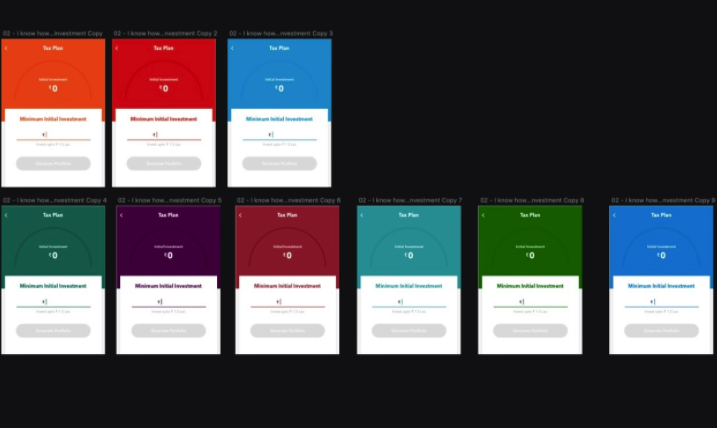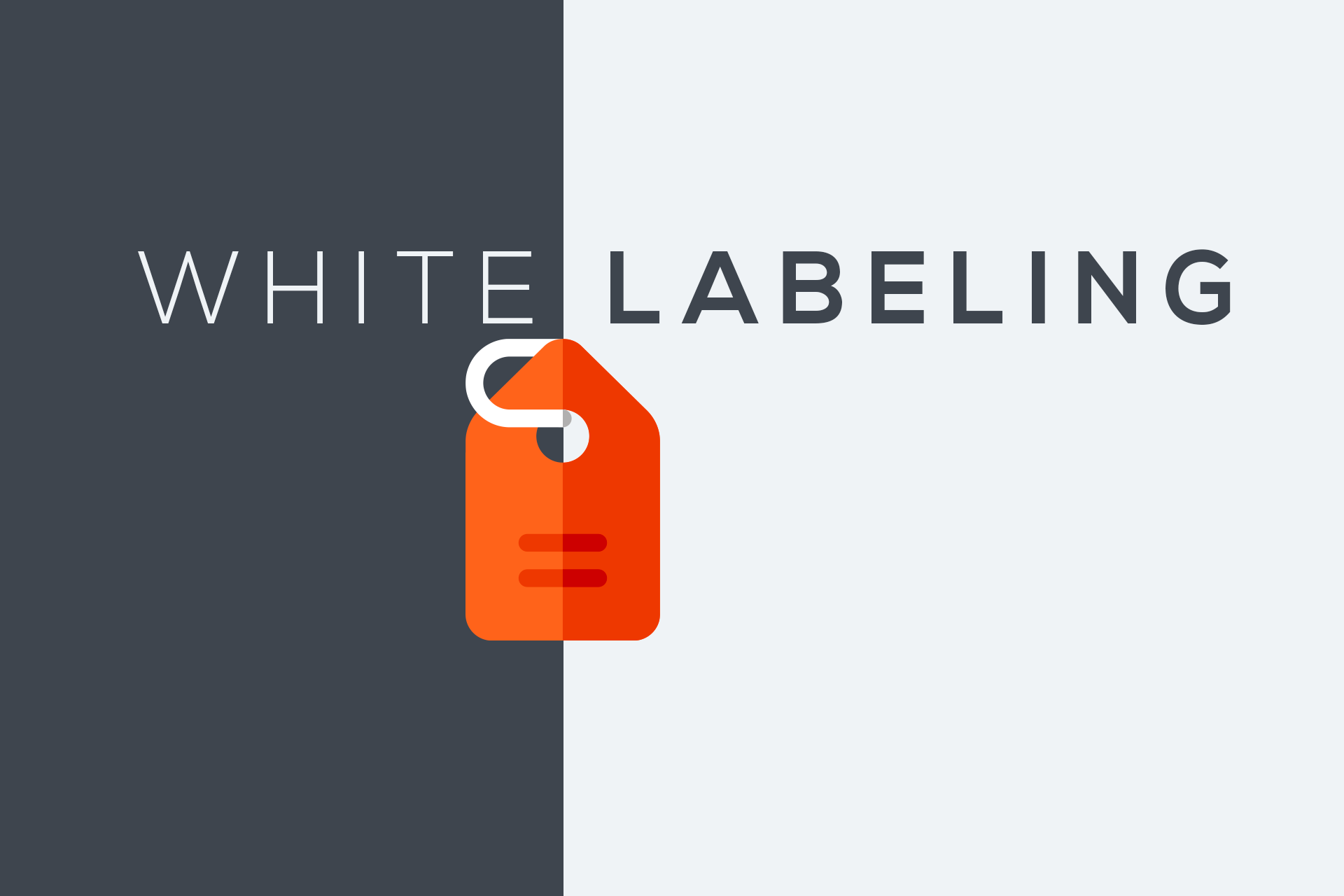What is White-Labeling in UX Design?
Do you have any knowledge of white-labeling in UX design? Read this blog to explore this approach to growing a company’s product or service offerings while preserving brand identity and providing outstanding user experiences.
White-labeling in UX design is when products or services are rebranded and sold to multiple users as a customisable product.
How did we Implement White-Labeling in UX Design?
Yellow Slice’s client, Finaureus engages in building digital products for the finance industry. 💰
As Finaureus’ clientele includes multiple Banks and NBFCs, the product had to ve versatile. It was essential that the product made fits the brand design of its clients.
Since most banks have the colour blue, we built the initial app in blue. However, to ensure that it fits multiple brand designs, the app was delivered to Finaureus in multiple colour tones.

We have used a neutral Black colour for the generic UI elements like buttons, etc. These don’t change with the colour options.
A survey by Clutch found that 61% of businesses that offer white-labeling services do so to increase revenue, while 27% do it to build brand recognition.
The Challenge:
While delivering the app in multiple colour tones, it was integral that other supporting elements fit the theme. This meant that elements like graphs and buttons had to be represented in the same base colour.

This is also where the problem lay. The task was to change not just the base colour but also incorporate tints and shades to represent multiple brands.
Solution:
This problem was solved by implementing a pattern based on single accent colours playing with their Hex Values. We created various tints of the same color to represent complex information. For this purpose, we used a tool called: www.hexcolortool.com. This tool uses a special algorithm to define the colour selection and generate various shades and tints.
The Core Hex Values we used include:

A ux design company like Yellow Slice believe is problem solving at audience perspective as well as client and management perspective. It is diligently taken care on priority.
White-labeling is a win-win for both businesses and customers. Businesses can expand their offerings under different brand names, while customers benefit from more options and lower prices.
Forbes
To know more about our processes visit us at https://yellowslice.in/process.php. alternatively you can write to us about your problems and we are happy to help.
FAQs For White-Labeling in UX Design
What are White Labeling Examples?
White labeling is the process of rebranding a product or service with a company’s own name and logo. Some examples of white-labeling include SaaSplatforms, SEO and marketing services, credit card processing, generic drugs, cosmetics, mobile accessories, toys and games e.t.c.
Is White Label legal in UX Design?
White-label design is likely to be considered legal as long as the original designers are credited for their work and are not misled about the final use of their designs. If you are planning to use white-label design in your business, it is advisable to seek legal advice to ensure that you are not infringing any intellectual property rights.
How did we implement White Labeling in UX Design?
White labeling in UX design is done by implementing a pattern based on single accent colors.
For more information on white-labeling and other advanced UX practices, consider exploring the services offered by UI UX companies in India.




